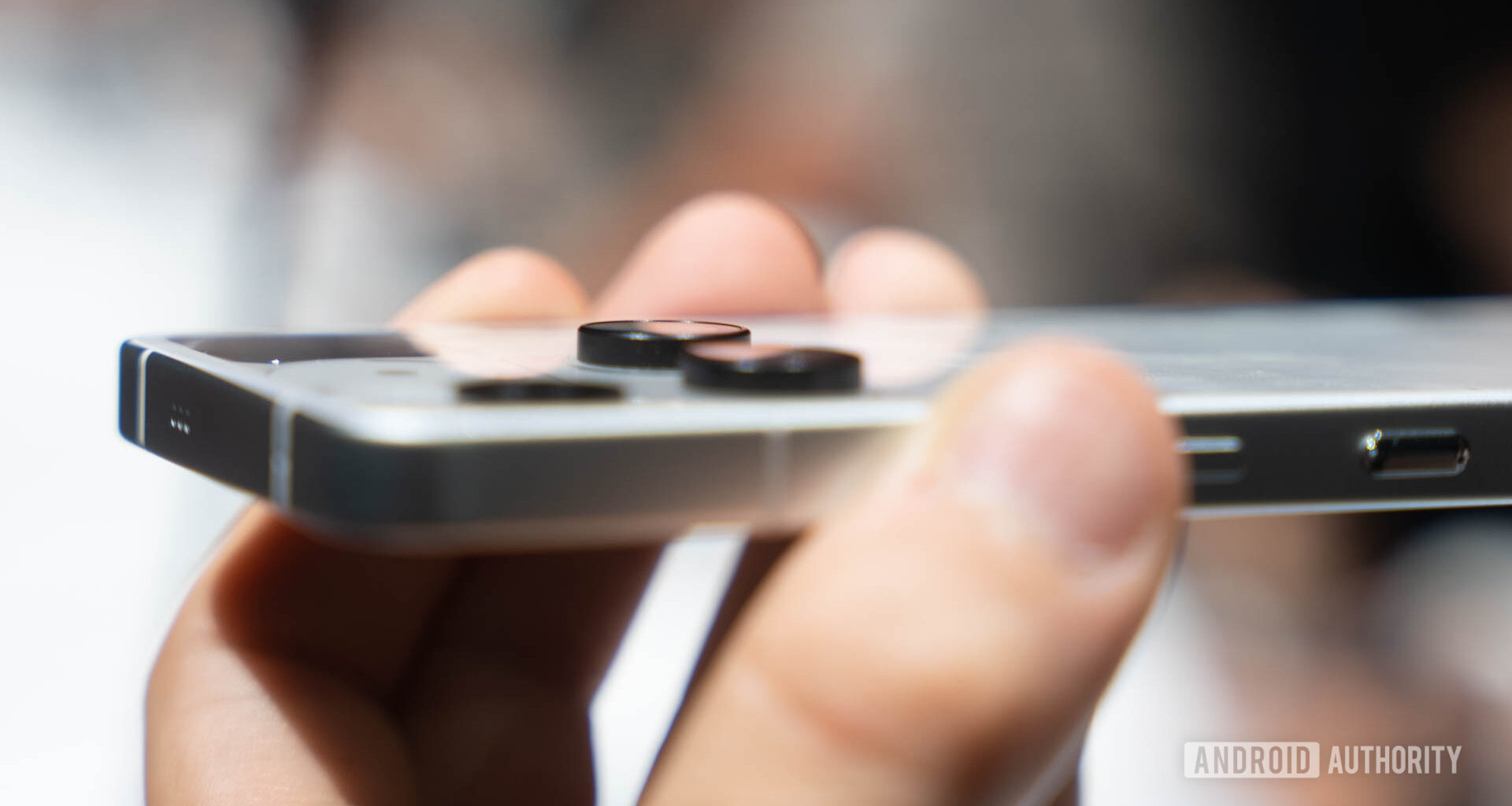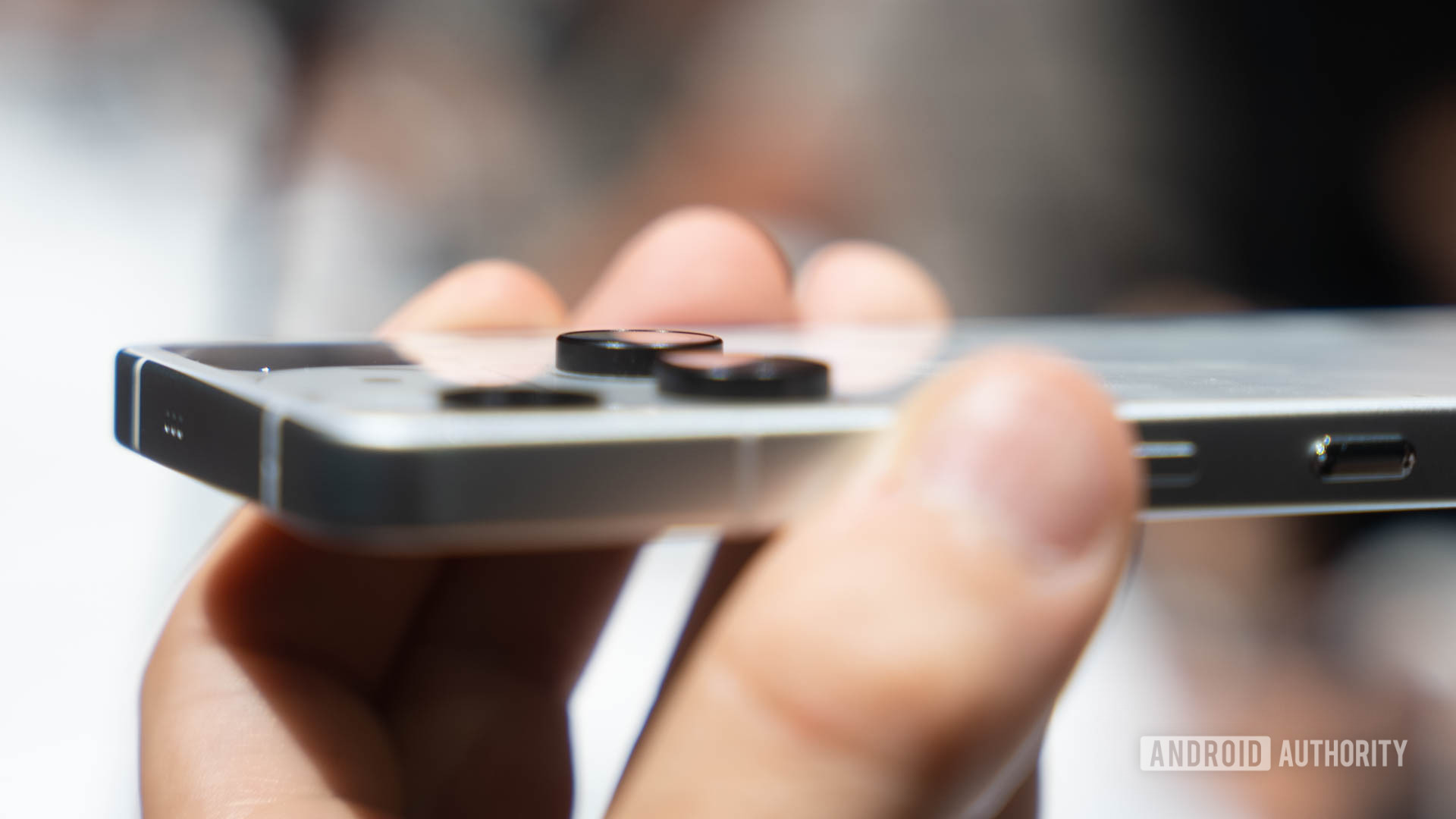
C. Scott Brown / Android Authority
While plenty of great phones are out there, manufacturers aren’t above a bit of spin, truth stretching, or outright lying about their products to make them stand out. Don’t believe me? We covered some sketchy smartphone marketing tricks many moons ago, and we’ve seen plenty more questionable tactics employed since.
With that in mind, I’m taking another look at a few smartphone marketing tricks you shouldn’t fall for.
Which marketing tactic do you hate the most?
96 votes
Shady foldable phone measurements
5%
Misleading camera zoom claims
8%
Speeding up AI features
15%
Misleading protective glass claims
9%
Bragging about peak brightness
15%
Shady charging measurements
5%
Promoting features before they’re ready
40%
No warranty for water damage
3%
1. Foldable phone thickness and weight measurements
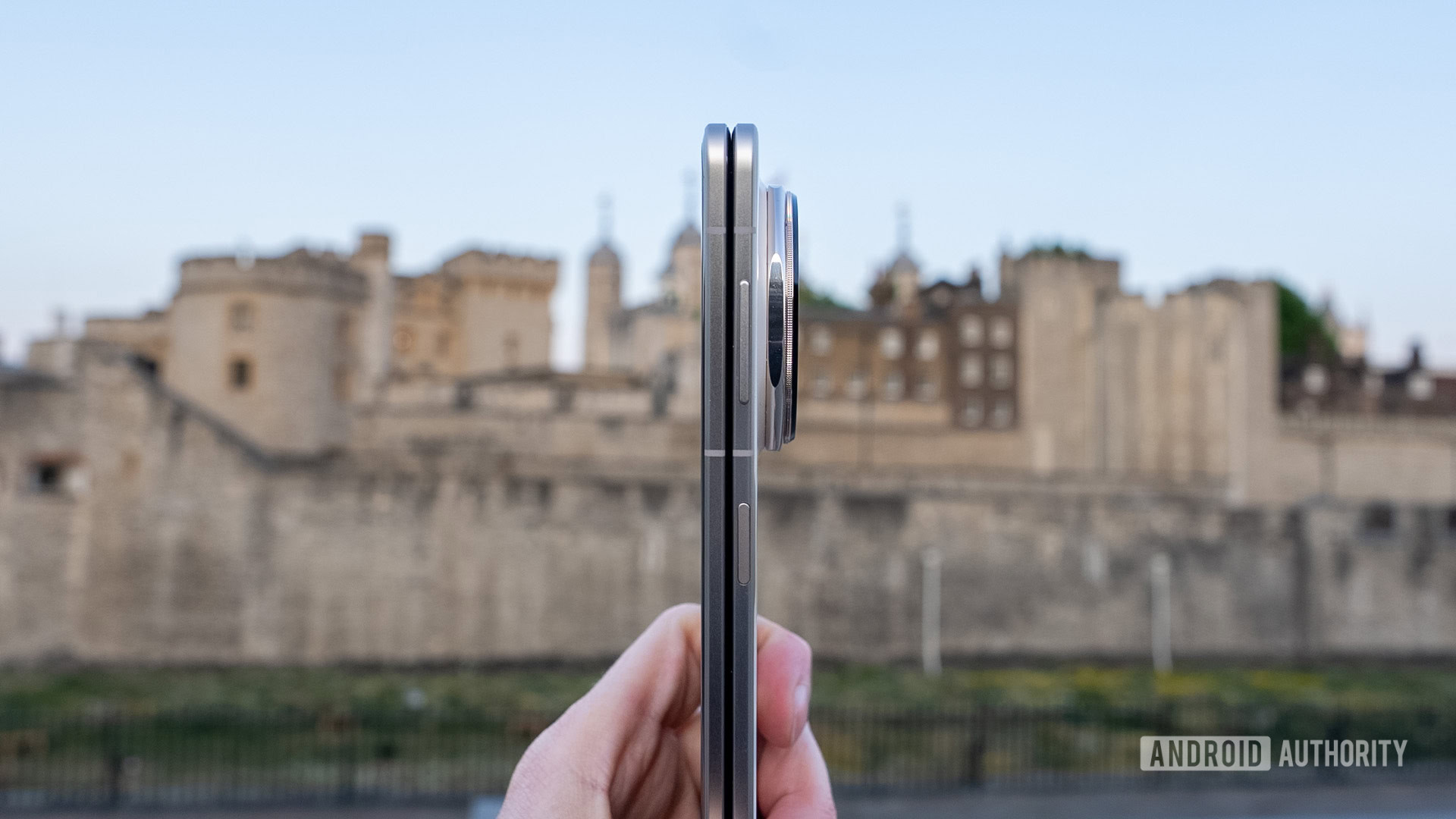
Paul Jones / Android Authority
This is the most recent tactic on the list, as foldable phone makers are now using two ways of measuring device thickness. The first method sees the folded device measured from cover screen to rear cover without considering the camera bump. This method isn’t perfect, but it’s generally accepted on conventional phones.
However, HONOR measures its foldables without considering the inner screen’s protective film. This came to light after a leaker on Twitter discovered that the Samsung Galaxy Z Fold 7 was thinner than the supposed world’s thinnest foldable phone (the HONOR Magic V5). Furthermore, it turns out OPPO also measures its foldables using this method. That’s extremely questionable, as this inner film isn’t meant to be removed by consumers. As far as we can tell, Google and Samsung use the first measurement method.
Either way, you can’t fully trust when a manufacturer says its device is the world’s thinnest foldable phone. Furthermore, HONOR, OPPO, and vivo measure the weight of their foldables without including the inner screen’s protective film. Again, this is a questionable way to make your device look better to consumers. It’s also disappointing because today’s foldable phones are slim and light anyway.
2. Fudging optical zoom
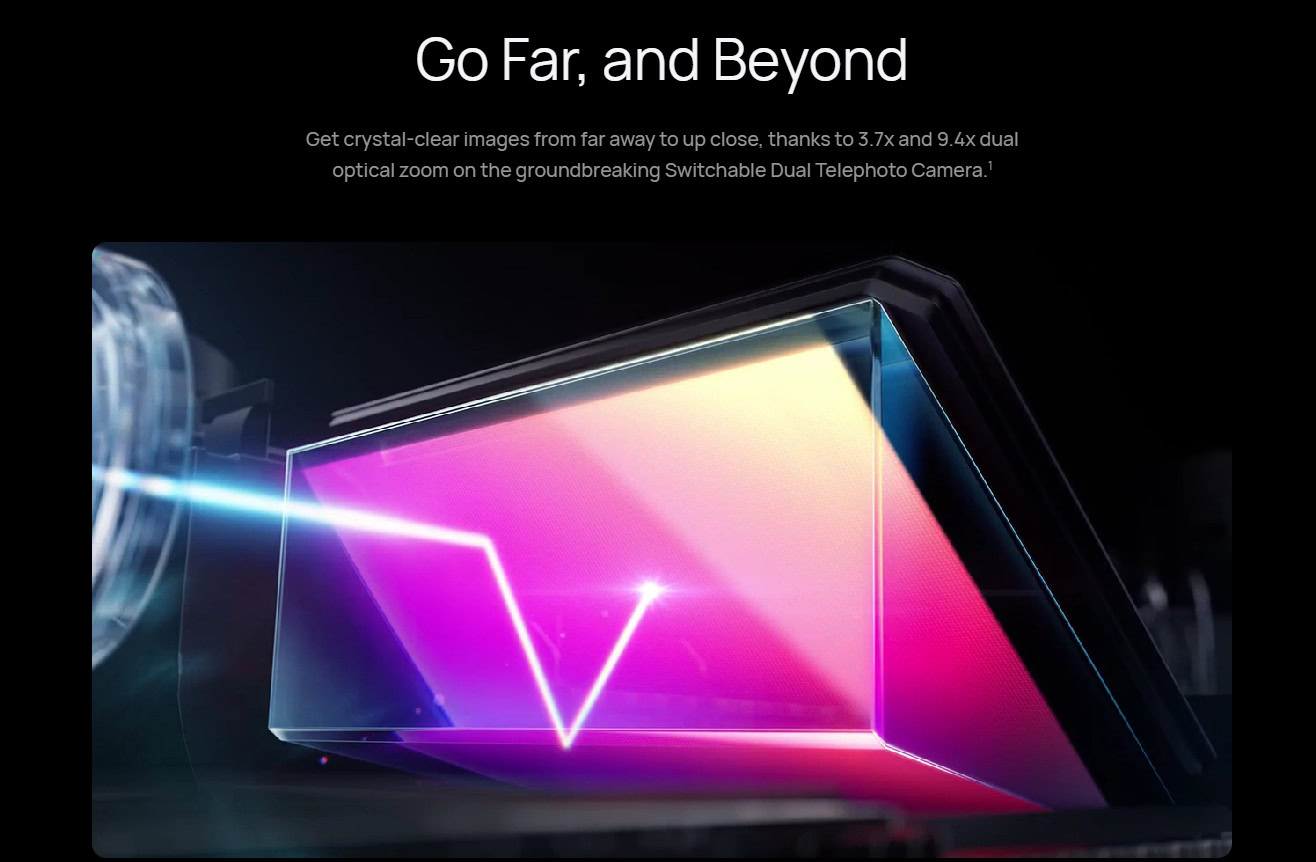
I’ve said it before, and I’ll say it again. You really can’t trust some manufacturers when they talk about camera zoom. Perhaps the most egregious recent example is HUAWEI’s Pura 80 Ultra. HUAWEI says the phone has one 50MP zoom camera that switches between 3.7x and 9.4x “optical zoom.” However, a closer look at the spec sheet all but confirms that the company is doing a 2x crop from 4.7x optical zoom. Our testing also shows we can take a full-resolution 50MP shot at 3.7x, but not at 9.4x.
HUAWEI isn’t alone in muddying these waters. Google and Samsung are also guilty of shady zoom claims. These two brands refer to cropped 2x zoom from their main cameras as “2x optical-quality zoom.” By saying “optical-quality,” they’re presumably trying to fool people into thinking it’s 2x optical zoom or that their 2x crops are as good as 2x optical zoom cameras. These 2x images look pretty good and maintain the same resolution as 1x shots, but they lose out on pixel-binning benefits like reduced noise, increased brightness, and improved dynamic range. Either way, “optical-quality” is a vague term that doesn’t really mean anything. It’s a way for manufacturers to make an impressive-sounding claim without getting sued for it. My advice? Just assume that “optical-quality” means “pretty good” whenever you encounter this term.
If you thought these aforementioned examples were bad, then I’ve got news for you. Apple goes a step further and describes its 2x cropped zoom as “2x optical in” and “2x telephoto” on the iPhone 16 specs page. No, the iPhone 16 and iPhone 16 Plus don’t have telephoto or periscope cameras. But Apple evidently wants you to think otherwise.
3. Snappy AI features that aren’t really snappy
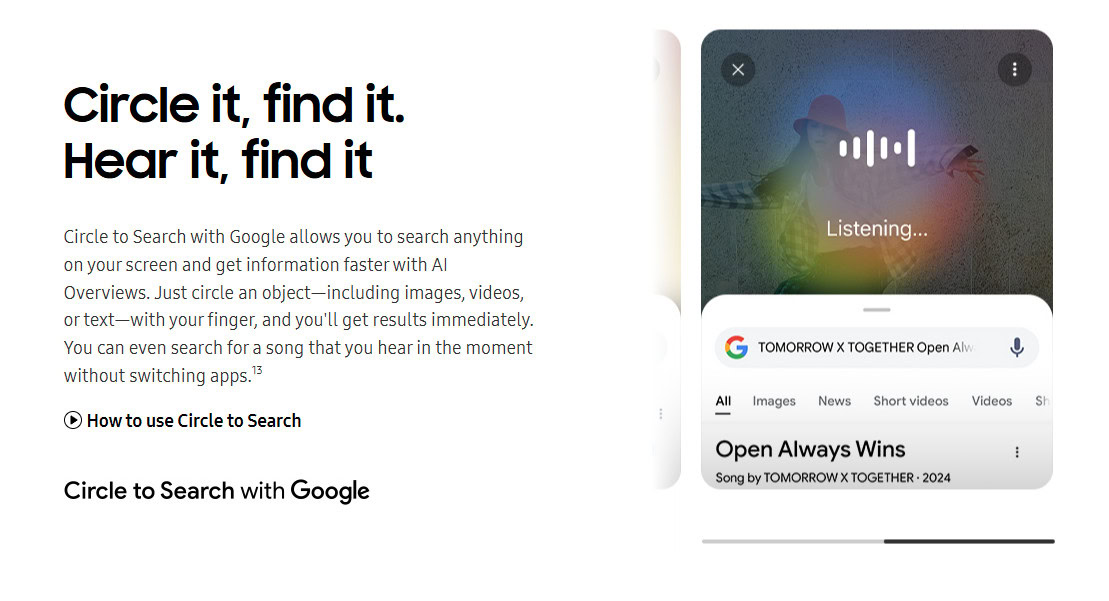
Another trend is for smartphone companies to demonstrate AI features like Circle to Search running on devices. These brands often post short clips or GIFs on their product pages, showing how easy these features are to use.
However, the fine print often includes a disclaimer about these clips. More specifically, companies like OnePlus and Samsung include fine print noting that Circle to Search demonstrations are “shortened and simulated.” That is, Circle to Search is less responsive on a real-world phone. It’s not a huge deal, but it’s still a curious marketing tactic. We can understand using this for brevity, but it can lead to false expectations about the performance of AI features. And it wouldn’t be the first time liberties were taken with a Google AI demo.
Smartphone makers also include media showing other Google AI features like Gemini, Gemini Live, and Magic Compose. However, these OEMs include fine print noting that these materials are only for “illustrative purposes.” In other words, don’t be surprised if it doesn’t work quite as shown.
4. Comparing protective glass to tempered glass
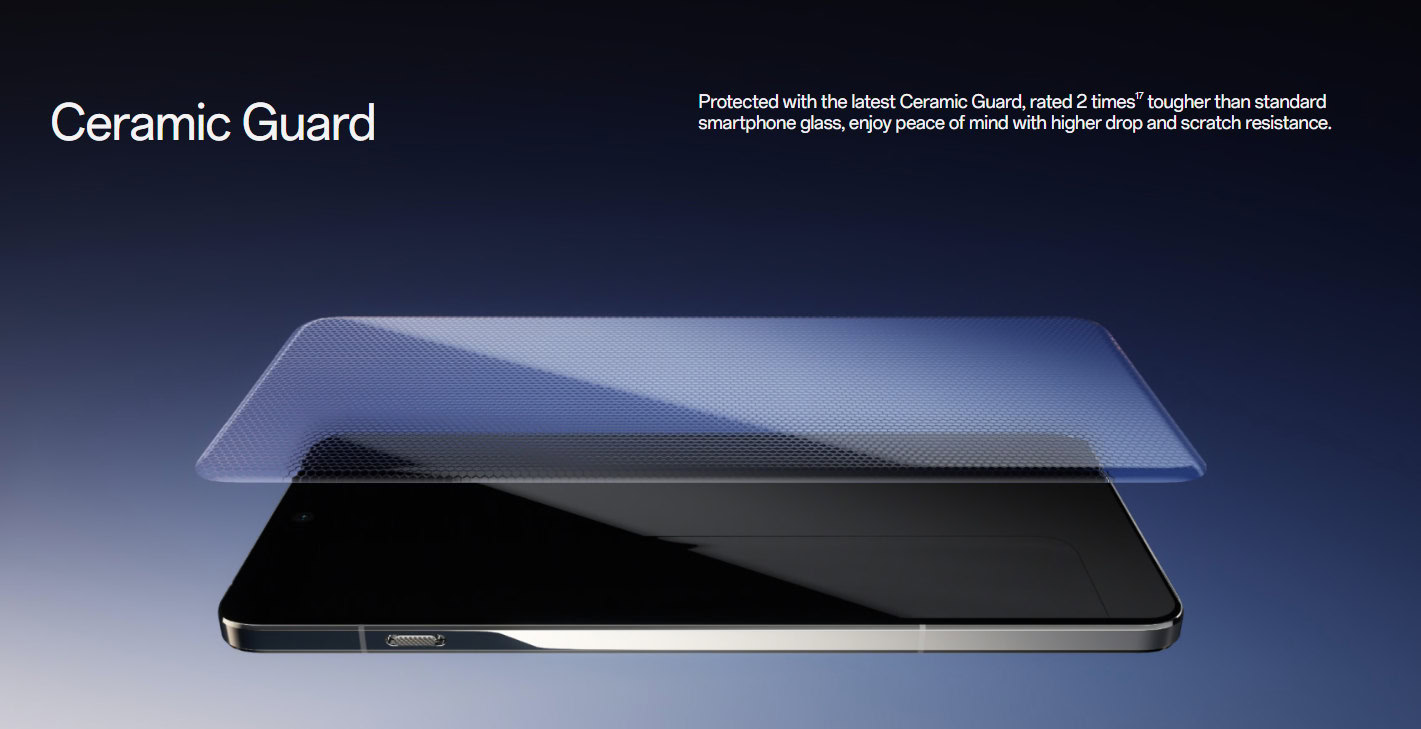
We’ve noticed more smartphone makers creating alternatives to Corning Gorilla Glass. That’s no easy task, as Corning’s products are considered the best protective glass solutions on the market. However, some companies don’t help themselves by comparing their solutions to tempered glass.
This is a problem because tempered glass has largely fallen out of favor on mid-range and flagship phone screens. It’s also the weakest type of protective glass solution. That doesn’t stop some brands from claiming their custom protective solutions are 2x, 5x, or even 10x tougher than tempered glass. Oh wow, your in-house glass protection is tougher than a $3 screen protector. Get outta here.
A more appropriate comparison would be to pit a custom glass solution against one of Corning’s Gorilla Glass products. It only makes sense as Gorilla Glass is the most popular solution and the most obvious point of reference for consumers. To HONOR’s credit, it told us that its own NanoCrystal Shield glass, which is ceramic-based, should outperform chemically tempered glass like Gorilla Glass Victus. So it’s a good bet that all ceramic-based glass solutions should be more durable than older Gorilla Glass products like Gorilla Glass Victus and 7i. I’m sure these manufacturers don’t want to risk their relationship with Corning, but I’d argue that customers are more important.
5. Bragging about peak brightness
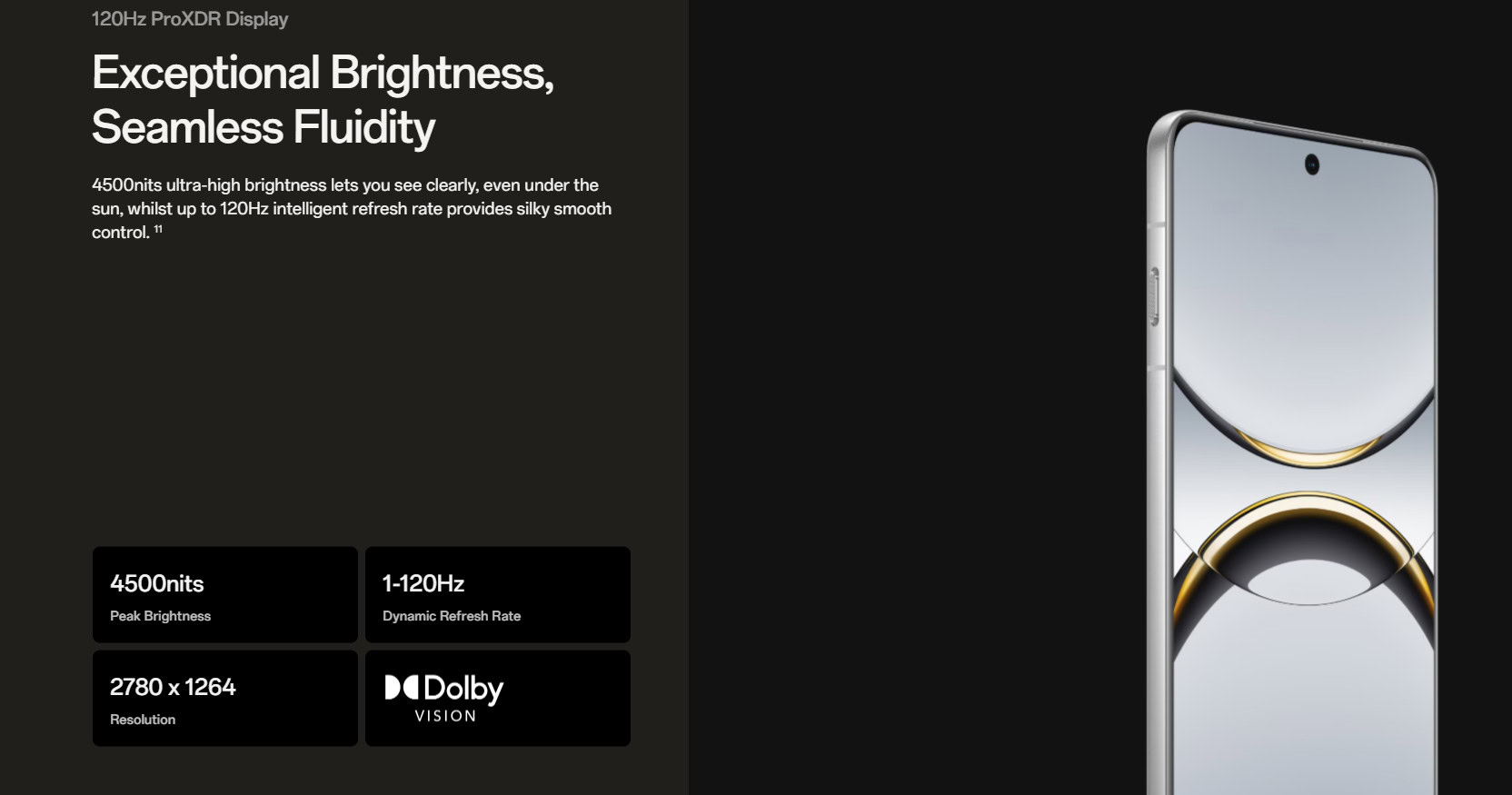
This smartphone marketing tactic has become increasingly popular in recent years. Many phone makers now promote the peak brightness of their phone screens. For example, the Galaxy S25 Ultra has 2,600 nits of peak brightness while the OnePlus 13 enjoys 4,500 nits. However, peak brightness is a gimmick for the most part.
Peak brightness only refers to a very small area of the screen, often triggered for HDR content, but has no real impact on how bright a display looks for general viewing. A more important measurement is high-brightness mode, sometimes called HBM or full-screen brightness. I’ve also seen Google refer to HDR brightness. Either way, this measurement applies to the entire screen and is the maximum auto-brightness you’ll experience when you’re in the sun. This maximum brightness level only kicks in for a few minutes before the phone turns things down to save battery life. But it’s still handy when you’re stepping outdoors.
Some brands like Apple, OnePlus, Google, and Motorola list full-screen brightness on their product and/or spec pages. However, Samsung only seems to list peak brightness. In any event, you should check reviews and third-party websites if you can’t find full-screen brightness figures for a specific phone.
6. Some shady charging measurements
![]()
Ryan Haines / Android Authority
One marketing tactic we’ve previously covered is fuzzy logic around 100% charging. Many smartphones will show 100% capacity but will continue to charge until that 100% figure becomes “fully charged.”
This makes sense if you don’t want to stress the battery, but sneaky OEMs can also do this to make more impressive claims about charging times. For example, some brands might say their phone takes under 30 minutes to reach 100%, but the truth is that the device might have to charge for 10 more minutes to finish up charging the final bit of the battery.
Another charging-related marketing trick is to measure the phone’s charging time from 1% instead of zero. This does make some sense, as many people plug in when their battery is low rather than when it hits zero. Nevertheless, going from 1% instead of zero allows OEMs to shave a fraction more off their promoted charging time. Needless to say, a completely dead phone will take a little longer to charge than officially claimed.
7. Selling features long before they’re ready
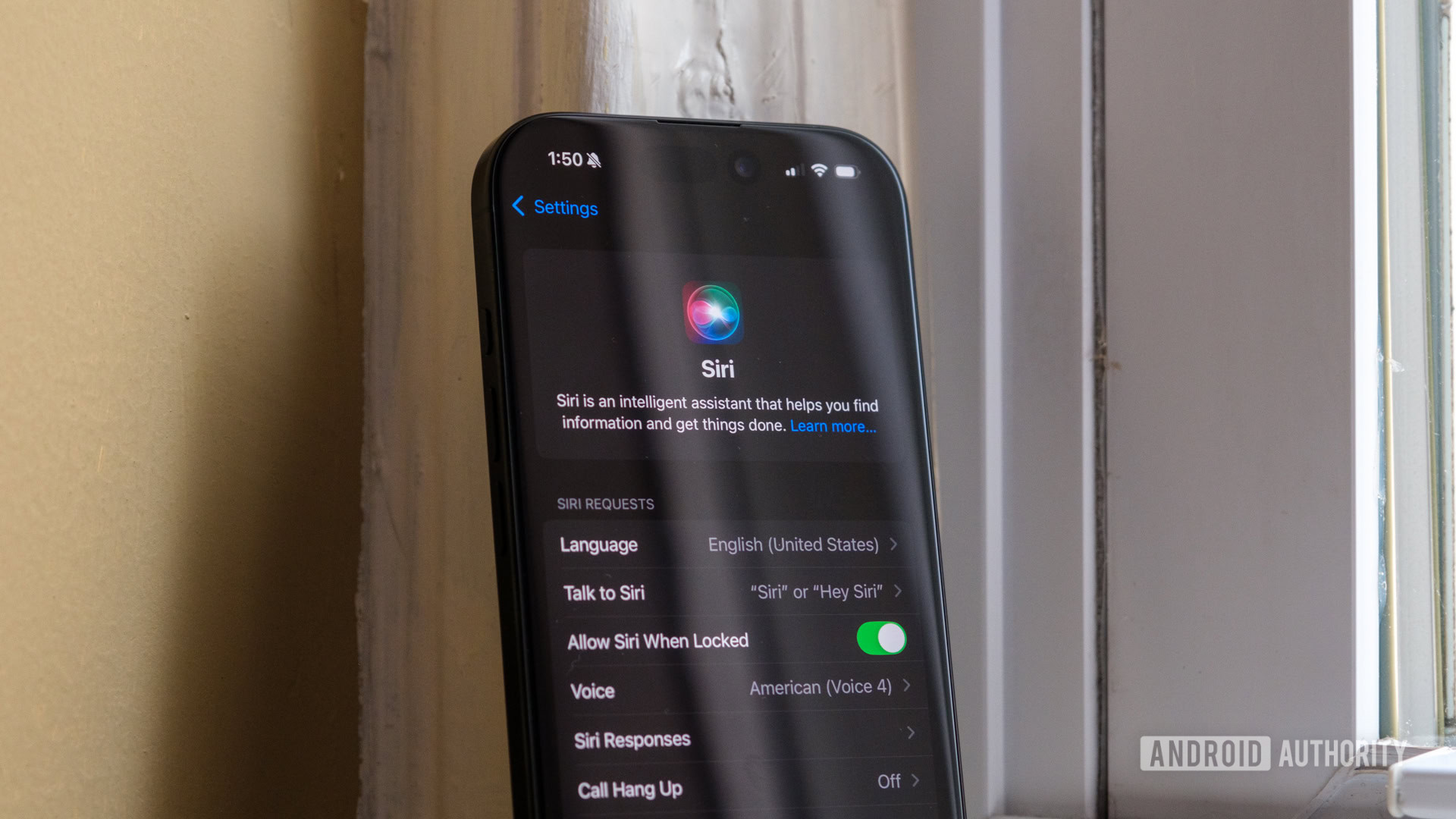
Ryan Haines / Android Authority
Another shady marketing trick is to promote features long before they’re ready for prime time. Perhaps the most infamous example was Apple announcing an overhauled Siri assistant in June 2024. Guess what? This upgraded Siri has been delayed and is reportedly scheduled to launch in 2026. That’s almost two years after the initial reveal.
Apple isn’t alone in promoting features before they’re ready. Google is also guilty of this, as it announced the Zoom Enhance feature at the Pixel 8 series launch in October 2023. At the time of the reveal, Google said this feature would come to the Pixel 8 Pro via a “future” Pixel Drop. Unfortunately, Pixel 8 Pro owners had to wait until August 2024 and the Pixel 9 series launch to receive this feature. That’s a long time to wait for a feature that was used as one of the phone’s selling points.
8. It’s water-resistant, but your warranty says otherwise
![]()
Edgar Cervantes / Android Authority
One of the most enduring marketing tactics involves the promotion of water-resistant phones. Scroll down to the fine print, though, and you’ll see that the phone’s warranty doesn’t cover water damage. This isn’t a new tactic, either. I remember Sony coming under fire in the mid-2010s for refusing to honor water damage to its water-resistant Xperia models. In fact, Sony even described its phones as “waterproof” during this time.
There is some logic to this tactic, as phones gradually lose their water resistance over time due to rubber seals, gaskets, and water-repellent coatings wearing down. Dropping your phone can also result in cracks and other forms of damage that compromise the IP rating. Nevertheless, it still feels like a copout for manufacturers to promote IP67, IP68, and even IP69 ratings but refuse to put their money where their mouth is.
Got a tip? Talk to us! Email our staff at news@androidauthority.com. You can stay anonymous or get credit for the info, it’s your choice.
Thank you for being part of our community. Read our Comment Policy before posting.

